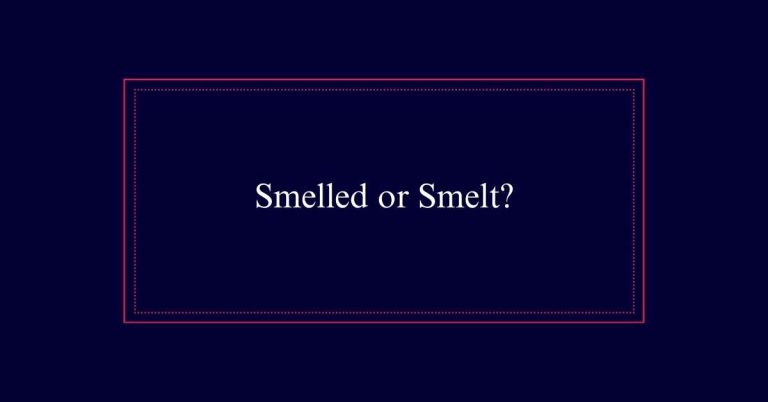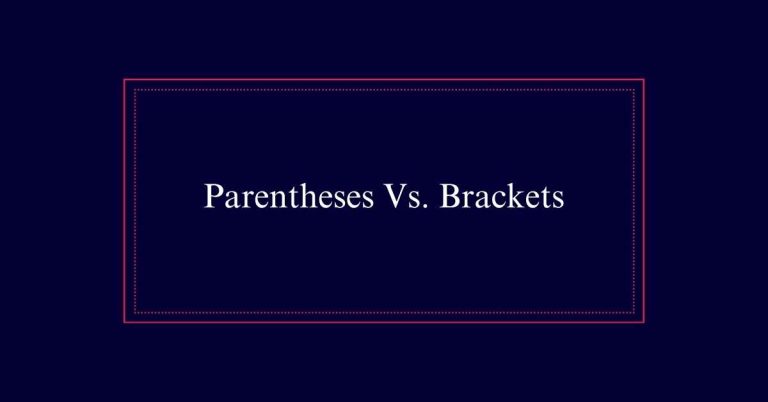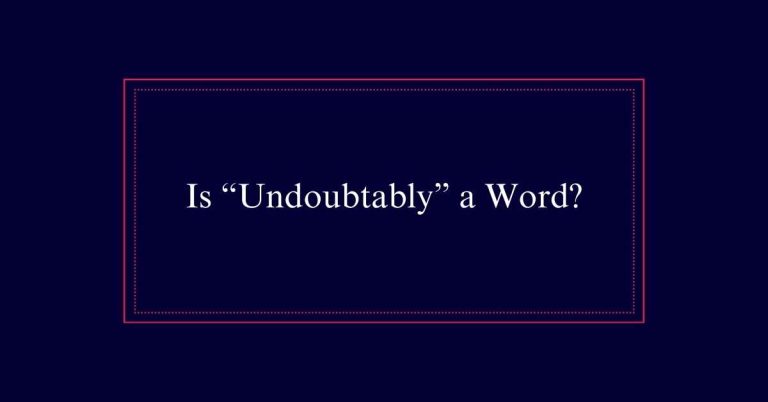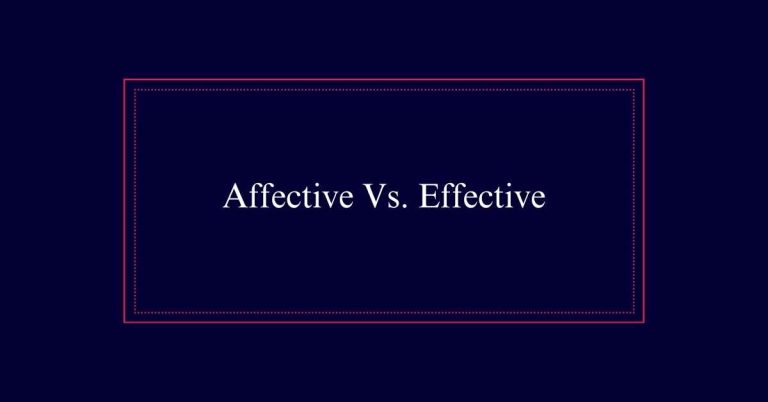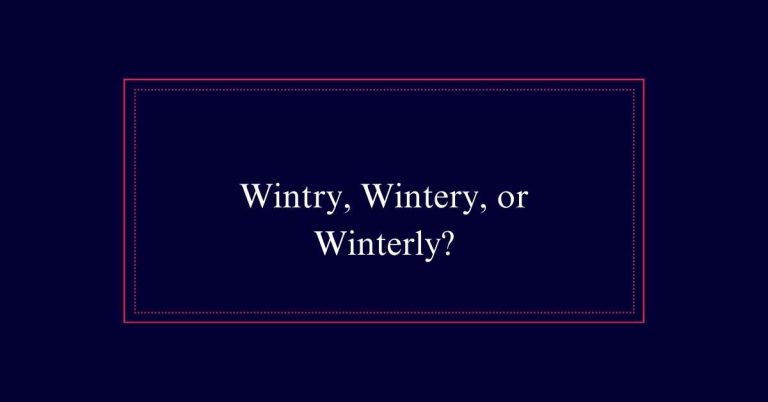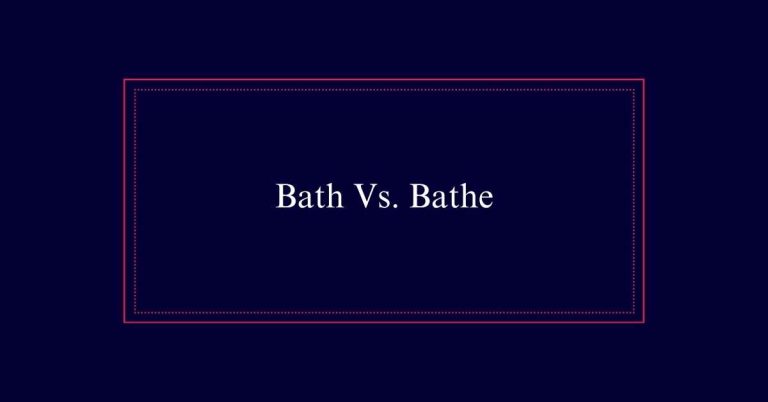4 Types of Rhyming Words
Lastly, rhyming words share the same ending sound in their final phonemes. There are four primary types of rhymes in English. First, single (masculine) rhymes, like ‘cat’ and ‘hat,’ share the same sound in their final syllables. Second, double (feminine) rhymes, such as ‘motion’ and ‘notion,’ have the same sound in their last two syllables. Third, slant (forced) rhymes, like ‘orange’ and ‘door hinge,’ have similar but not identical end sounds. Finally, eye rhymes, such as ‘love’ and ‘move,’ appear to rhyme by spelling but differ in pronunciation.
Definition of Rhyming Words
Rhyming words are words that share the same ending sound. These words create a pattern by repeating phonemes at the end.
For example, ‘cat’ and ‘hat’ rhyme because they both end with the ‘-at’ sound. Phonemes are the smallest units of sound in language.
Words do not need to be spelled the same way to rhyme; pronunciation is key. For instance, ‘blue’ and ‘shoe’ rhyme despite different spellings.
Rhyming words can enhance the appeal of writing and speech. They are used in poems, songs, and stories to create rhythm and flow.
Rhyming is not only about exact matches; near-rhymes or slant rhymes also play a role, adding subtlety to language use.
Importance of Rhyming Words
The use of rhyming words greatly enhances the appeal and impact of both spoken and written language. Rhymes create a musical quality, making text more enjoyable to read and listen to. They aid memory retention, which is why they are prevalent in poetry, songs, and educational material. Furthermore, rhymes can evoke emotions, adding depth and resonance to the message.
Here’s a look at the emotional impact of rhyming words:
| Emotion | Example |
|---|---|
| Joy | “Sunny” and “Funny” |
| Sadness | “Weep” and “Keep” |
| Excitement | “Thrill” and “Will” |
| Calm | “Flow” and “Glow” |
| Mystery | “Dark” and “Stark” |
When to Use Rhymes
Incorporating rhymes into writing can greatly enhance its engagement and memorability. Rhymes naturally attract readers and listeners, making the content more compelling. They are commonly used in limericks, sonnets, and song lyrics to create rhythm and flow.
Additionally, rhymes add emphasis and fun to prose, making it more enjoyable. Rhyming is also effective for mnemonic devices, aiding in memory retention. This is particularly useful in educational materials and advertising slogans.
The strategic use of rhymes can have a profound impact on an audience, leaving a lasting impression. Understanding when to use rhymes can elevate one’s writing, whether it be for poetic expression, storytelling, or persuasive communication.
Single (Masculine) Rhymes
Single (Masculine) Rhymes consist of words that share the same sound in their final syllables. This type of rhyme is one of the most common in English poetry and songwriting. Examples include ‘cat’ and ‘hat’ or ‘love’ and ‘dove.’ The rhyme occurs in the last stressed syllable of each word, making it easy to identify.
This simplicity often makes single rhymes effective for creating a strong, memorable impact. They are frequently used in various forms of literature, from nursery rhymes to classic poetry. The straightforward nature of masculine rhymes guarantees they are accessible to a wide audience, enhancing the rhythm and musicality of the text.
Double (Feminine) Rhymes
Double (Feminine) Rhymes feature words that share the same sound in their final two syllables. These rhymes are especially effective in adding a melodic quality to poetry and songs.
The final syllable in double rhymes is often unstressed, creating a gentle, flowing effect. An example of a double rhyme is ‘motion’ and ‘notion,’ where both words end in ‘-otion.’
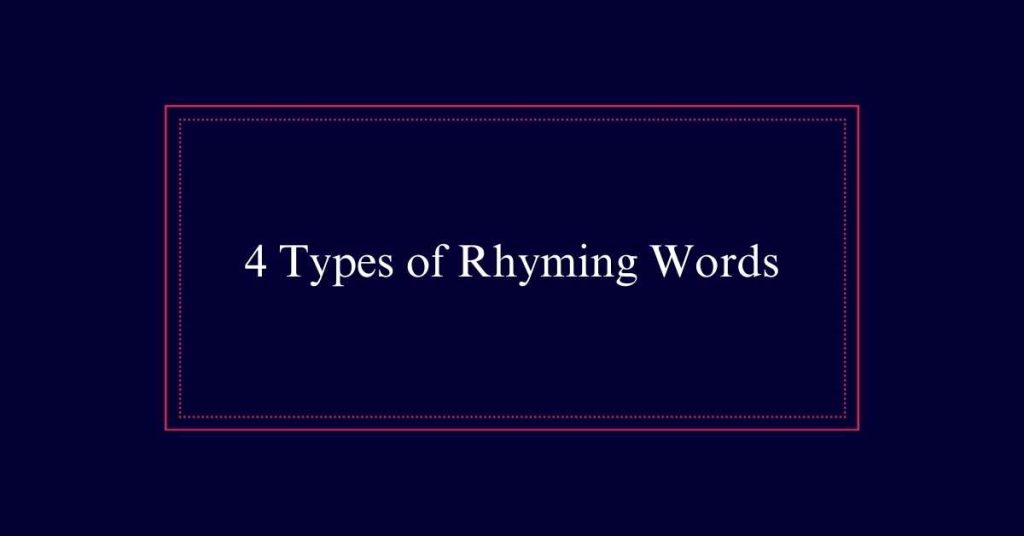
Another example is ‘turtle’ and ‘fertile,’ with the shared ending ‘-tle.’ These rhymes can enhance the rhythmic structure of a piece, making it more engaging and memorable.
Double rhymes are commonly found in various forms of poetry, including sonnets and limericks, where their unique sound pattern adds a layer of complexity and beauty.
Dactylic Rhymes
Dactylic rhymes involve words where the last three syllables have the same sound, often with the final two syllables being identical. This type of rhyme is less common in English but can add a musical quality to poetry and songs.
Examples include ‘courageous’ and ‘contagious.’ Here, both words share the same stress pattern and end with the similar sounds ‘-ageous.’
Dactylic rhymes are effective in creating a rhythmic flow, making the text more engaging and memorable. They are often used in lyrical poetry and classical literature to achieve a specific metrical pattern.
Utilizing dactylic rhymes can enhance the auditory appeal of your writing, adding depth and complexity to your verse.
Slant (Forced) Rhymes
Slant rhymes, also known as forced rhymes, involve words that almost rhyme but are not exact matches. These rhymes end in phonemes that sound similar but are technically different. Slant rhymes create a subtle connection between words, enhancing the flow of poetry or lyrics without being too predictable.
They are often used in modern poetry and music to introduce complexity and texture. Unlike perfect rhymes, slant rhymes offer more flexibility in word choice. This can make the writing feel more natural and less contrived.
Writers, especially poets and songwriters, use slant rhymes to maintain rhythm and engage their audience without resorting to overly simplistic or clichéd pairs of words.
Examples of Single Rhymes
Single rhymes, also known as masculine rhymes, involve words with the same sound in their final syllables. These rhymes are straightforward and often used in both poetry and songwriting.
For example, consider the words ‘cat’ and ‘hat.’ Both end with the ‘-at’ sound, making them single rhymes. Similarly, ‘run’ and ‘fun’ share the ‘-un’ sound, qualifying as single rhymes. Another example is ‘light’ and ‘night,’ where the ‘-ight’ sound is consistent.
Single rhymes are easy for readers and listeners to recognize, enhancing the rhythmic quality of the text. Their simplicity makes them a popular choice for creating memorable and impactful lines in various literary forms.
Examples of Double Rhymes
While single rhymes emphasize a single syllable, double rhymes involve words that share the same sound in their last two syllables.
These rhymes are often used to create a smoother and more melodic flow in poetry and songs. Double rhymes can add complexity and depth to writing.
Here are some examples of double rhymes:
- Running and Gunning: Both words end with the unstressed syllable ‘-ing.’
- Bitter and Fitter: The two words share the ‘-tter’ ending.
- Motion and Ocean: Both words end with the ‘-ion’ sound.
- Mellow and Yellow: These words share the ‘-ellow’ ending.
Examples of Slant Rhymes
In poetry, slant rhymes create an intriguing effect by pairing words that almost rhyme but have slightly different sounds. These near-matches can add depth and texture to a poem. Slant rhymes, also known as half rhymes or near rhymes, offer a subtle musicality that full rhymes might lack. Here are some examples to illustrate:
| Word Pair | Example Sentence | Sound Similarity |
|---|---|---|
| Room/Storm | The room was calm before the storm. | Close consonants |
| Heart/Star | She felt it in her heart, under the starry sky. | Similar vowel tone |
| Soul/All | Her soul bore all the weight of the world. | Partial match |
| Shape/Keep | The shape of love is hard to keep. | Ending consonants |
| Bridge/Grudge | Crossing the bridge, she let go of her grudge. | Close vowel sound |
Frequently Asked Questions
How Do Cross Rhymes Differ From Tail Rhymes?
Cross rhymes differ from tail rhymes in their structure. Cross rhymes alternate lines with an ABAB pattern, while tail rhymes occur at the ends of consecutive lines, often following an AABB pattern.
What Are Some Examples of Internal Rhymes in Popular Songs?
Internal rhymes in popular songs include “Lose Yourself” by Eminem (“His palms are sweaty, knees weak, arms are heavy”), and “Hey Jude” by The Beatles (“The minute you let her under your skin, then you begin”).
Can You Provide Examples of Broken Rhymes in Modern Poetry?
In modern poetry, broken rhymes can be found in works like e.e. cummings’ “l(a” and T.S. Eliot’s “The Waste Land.” This technique creates a jarring effect by splitting words or phrases to emphasize rhyme.
How Are Off-Centered Rhymes Utilized in Rap Music?
Off-centered rhymes in rap music create dynamic and unpredictable lyrical patterns. These rhymes enhance the flow and complexity by placing rhyming words in unexpected positions within lines, adding a unique and engaging rhythm to the verses.
What Is the Significance of Cross Rhymes in Traditional Poetry?
Cross rhymes, or ABAB rhyme schemes, create a balanced and harmonious structure in traditional poetry. They help maintain rhythm and flow, enhancing the reader’s engagement while emphasizing key themes and ideas throughout the poem.

